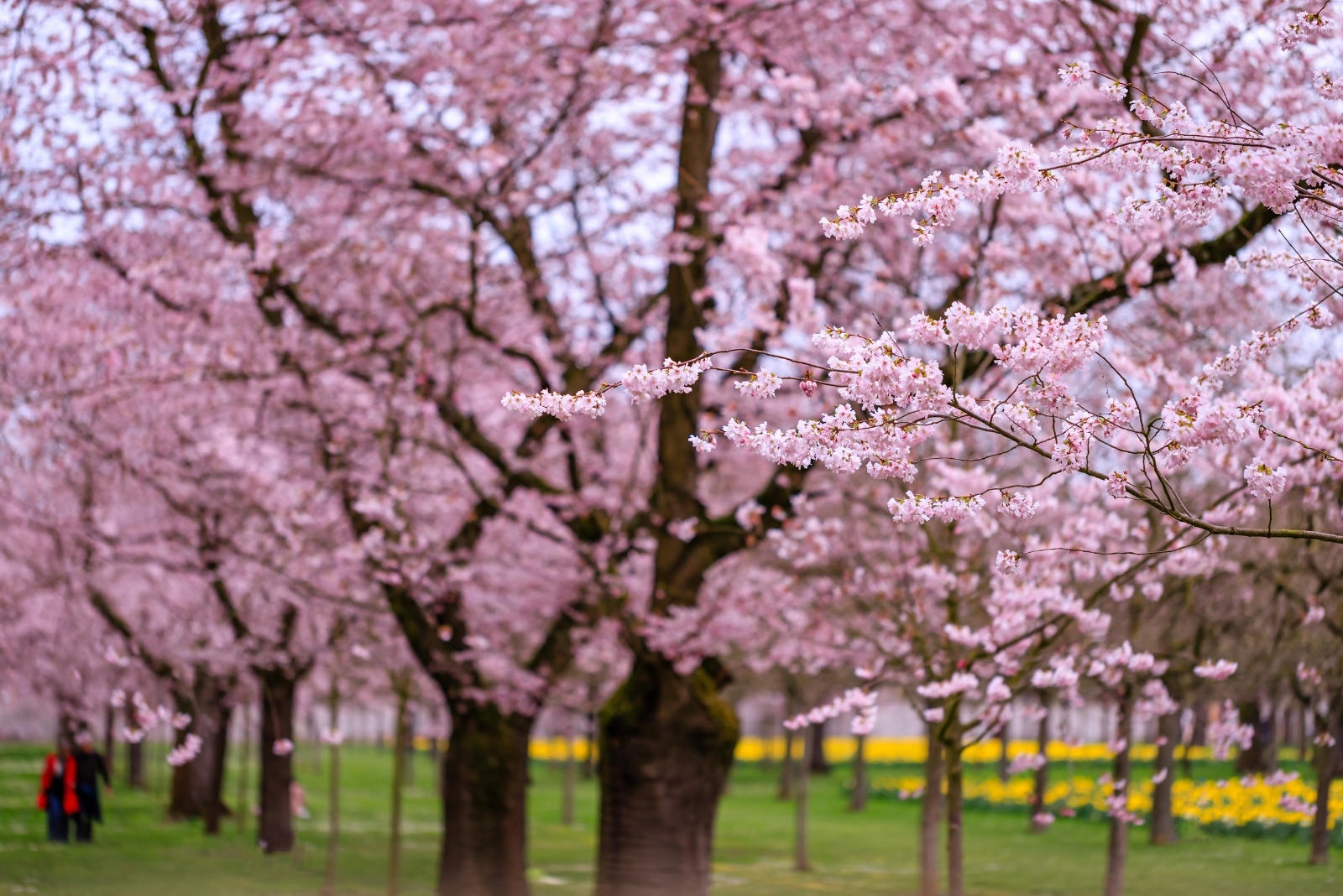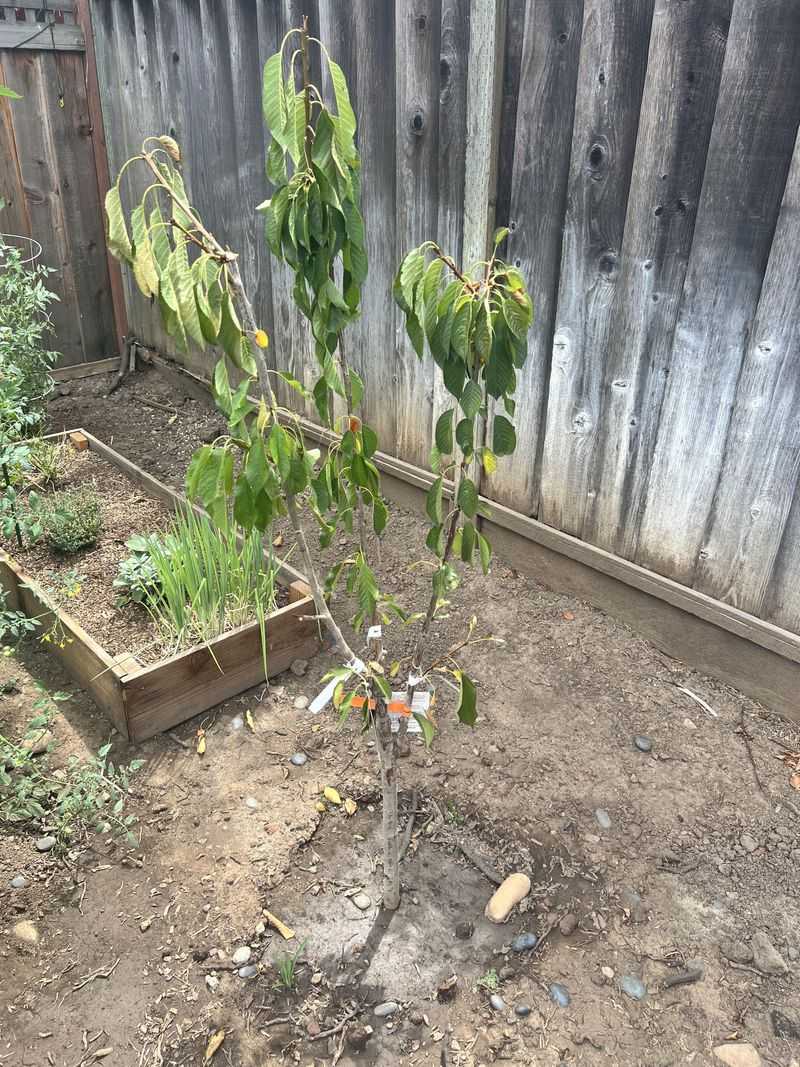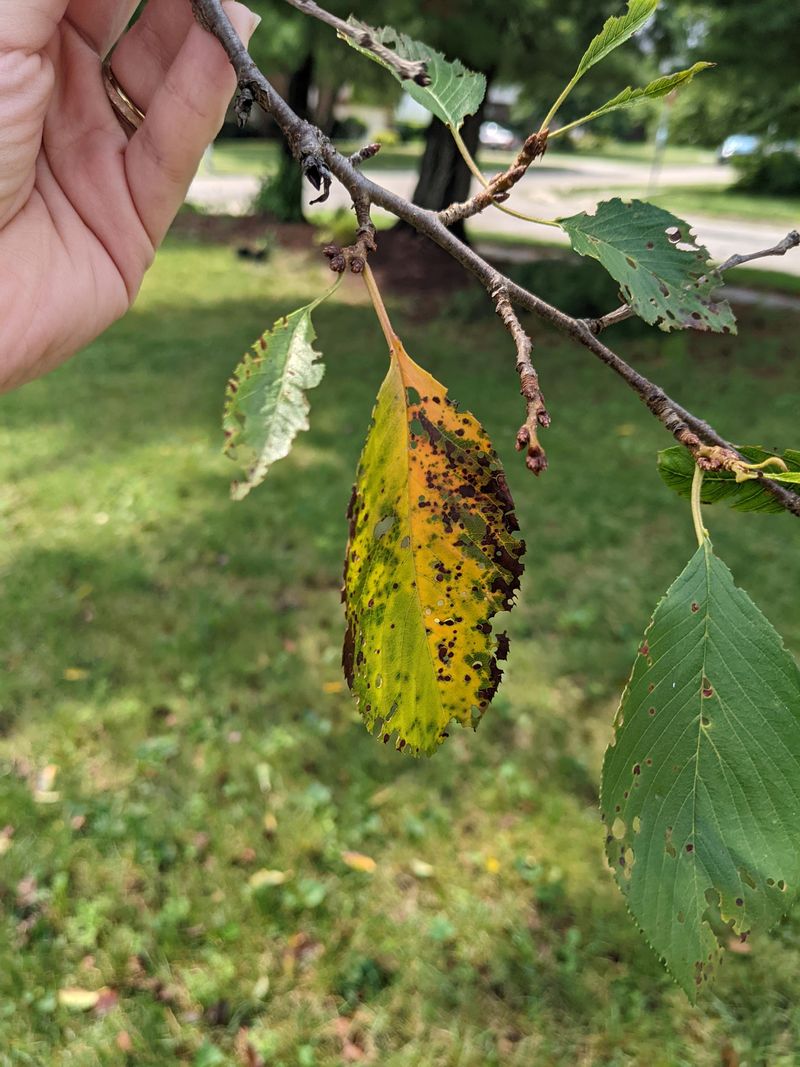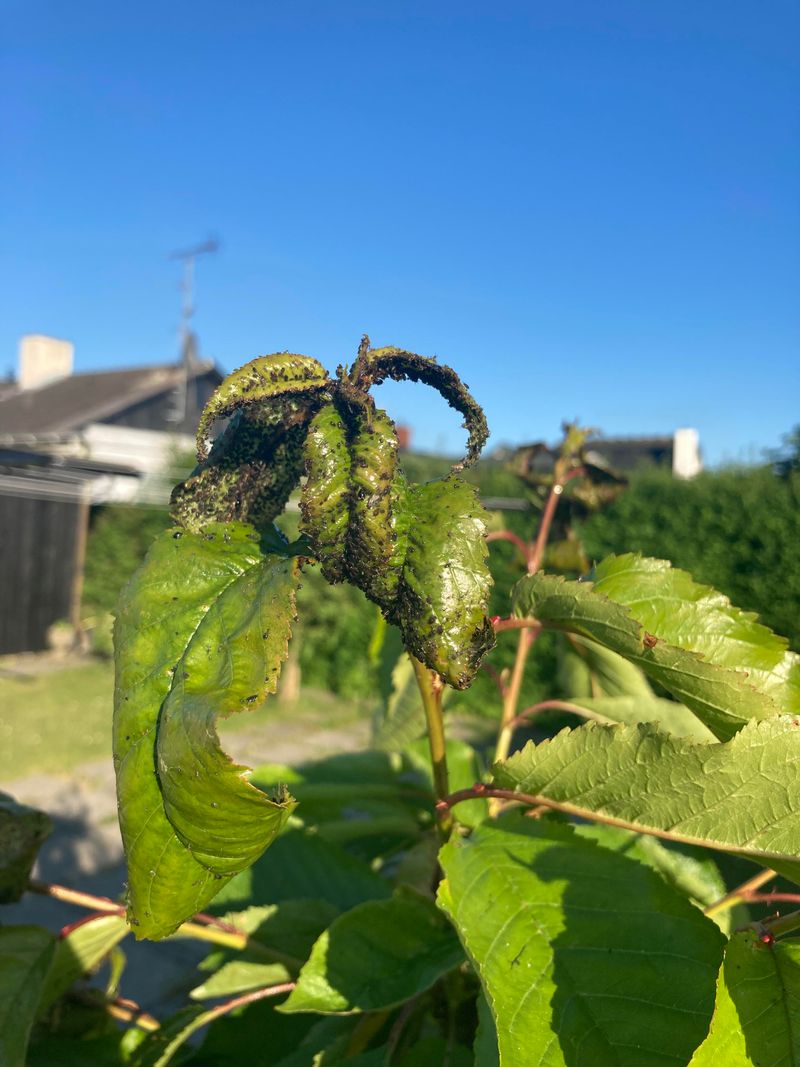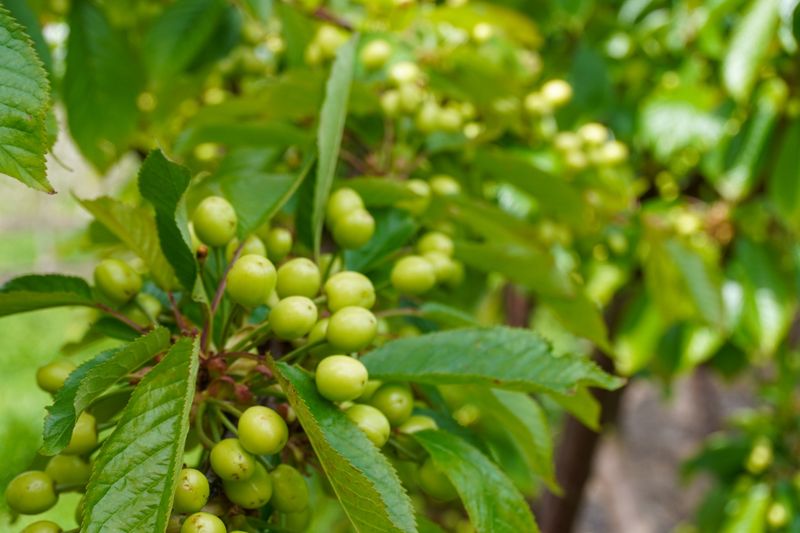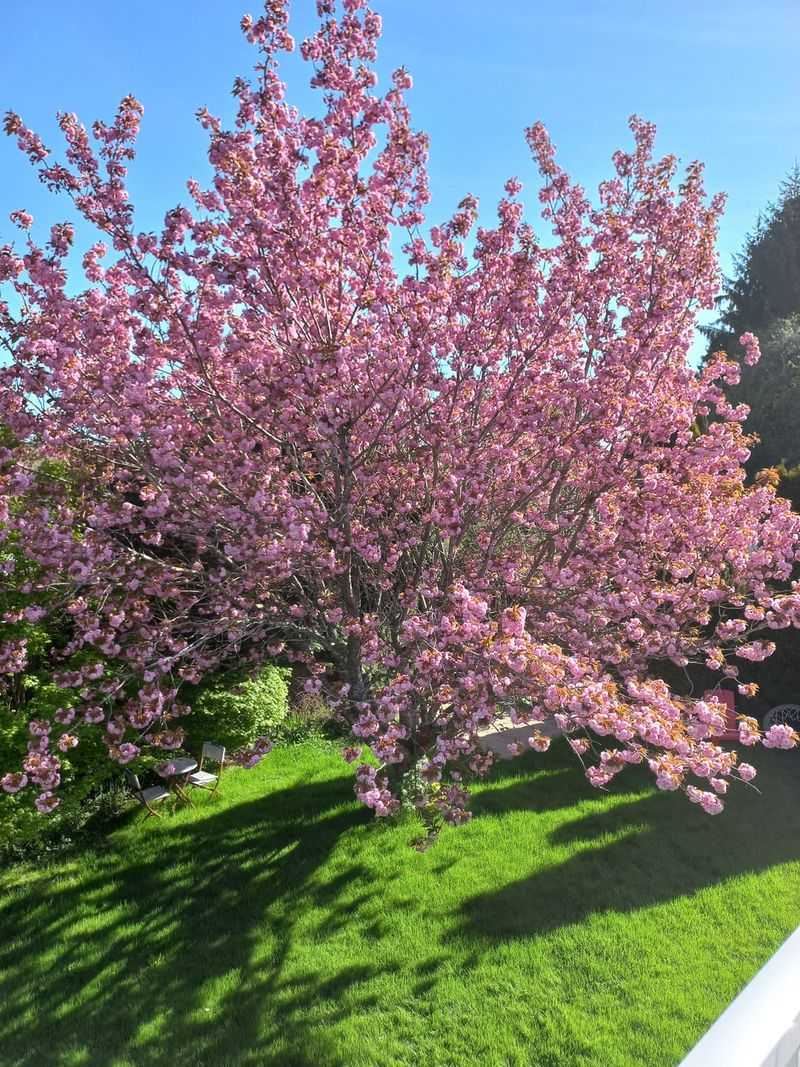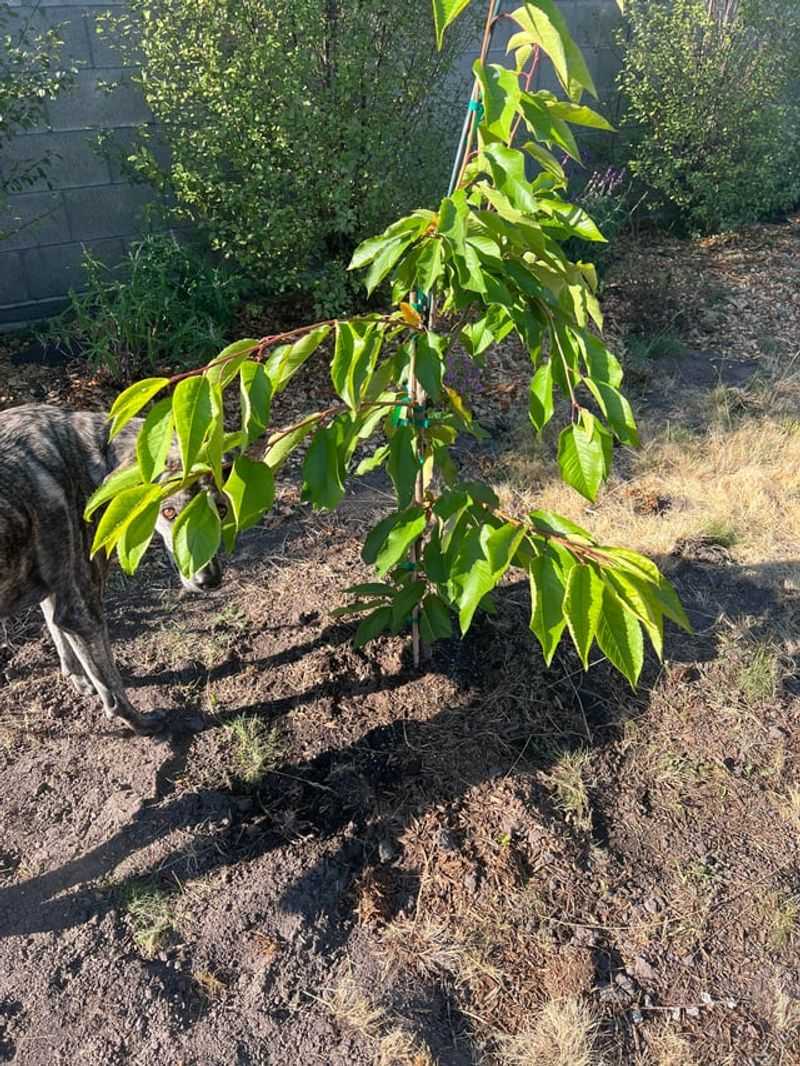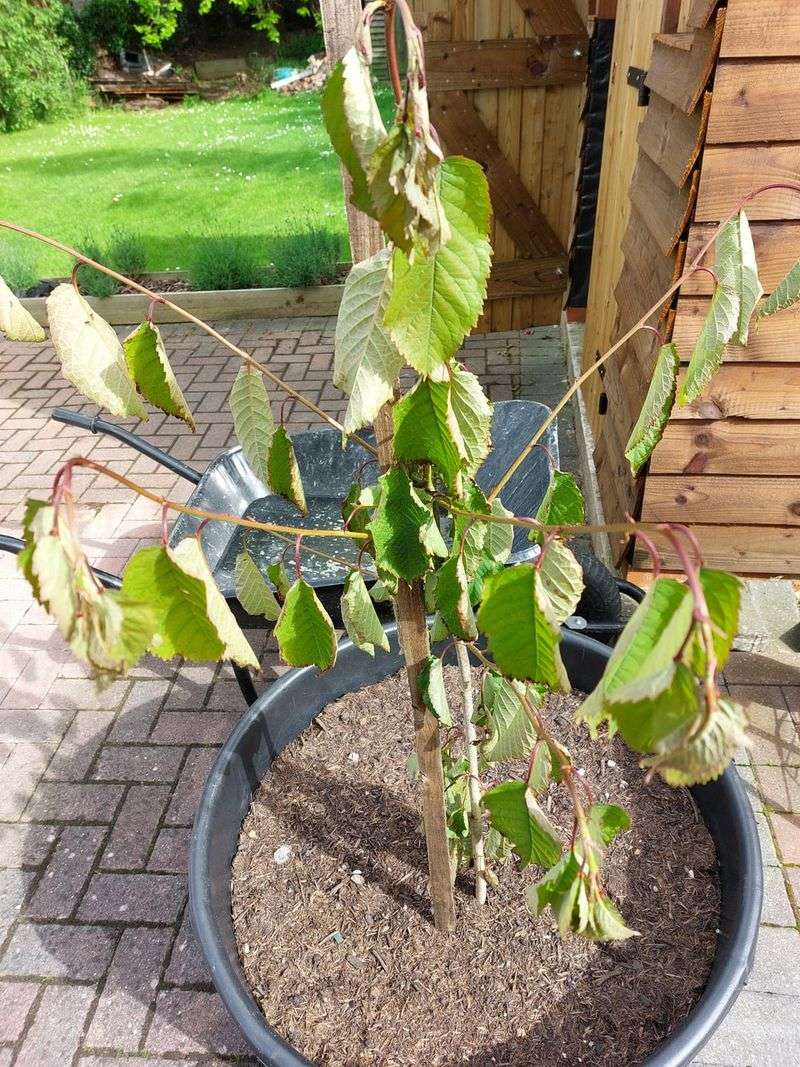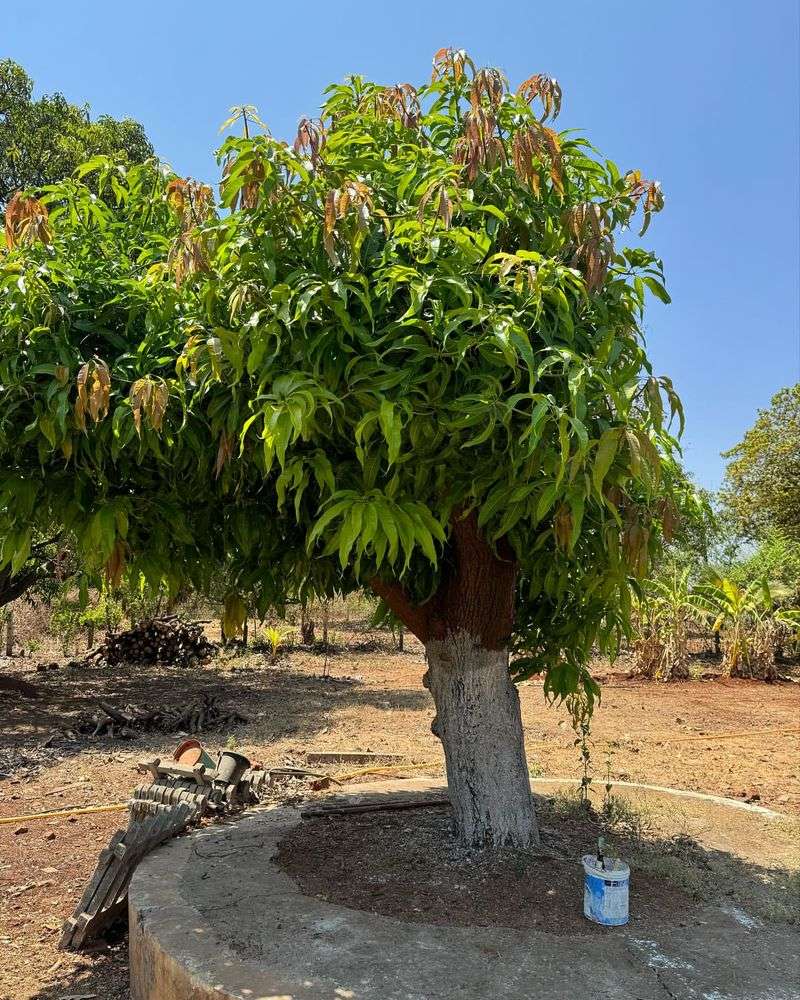Cherry trees might look beautiful, but Florida’s climate isn’t their best match. These 8 reasons explain why they often struggle in the Sunshine State’s heat and humidity.
Many gardeners end up disappointed after planting them without knowing the challenges ahead. Learn why skipping the cherry tree could save time, effort, and heartache in your Florida garden.
1. Climate Incompatibility
Florida’s hot, humid weather spells trouble for cherry trees, which need ‘chill hours’ (time below 45°F) to produce fruit properly. Most varieties require 800-1,000 chill hours annually, but central Florida typically offers fewer than 400 hours.
Without sufficient cold periods, cherry trees become confused about their growing cycle. The result? Weak growth, poor flowering, and little to no fruit production in the Sunshine State.
2. Fungal Disease Susceptibility
Cherry trees become magnets for fungal problems in Florida’s humidity. Brown rot, leaf spot, and powdery mildew spread rapidly during the state’s frequent rain showers and muggy conditions, requiring constant vigilance and treatment.
Fighting these diseases means regular fungicide applications throughout Florida’s long growing season. Even with diligent care, your tree might still succumb to these persistent pathogens.
3. Pest Pressure
Florida’s year-round warmth creates paradise for cherry tree pests like borers, fruit flies, and aphids. Without winter freezes to reduce pest populations, infestations can quickly overwhelm trees and devastate potential harvests.
The state’s established pest communities have evolved to attack vulnerable non-native plants. Cherry trees in Florida often require aggressive pesticide regimens that many home gardeners find impractical and environmentally concerning.
4. Poor Fruit Production
When cherry trees do survive in Florida, they rarely produce the abundant, sweet fruit northern growers enjoy. The limited cold period prevents proper flower bud formation and pollination, resulting in sparse, often flavorless cherries.
Florida gardeners report years of waiting only to harvest small quantities of subpar fruit. The investment-to-yield ratio makes cherry trees among the least rewarding fruit options for the Sunshine State landscape.
5. Short Lifespan
Cherry trees typically live 15-20 years in ideal conditions, but Florida’s challenging environment often cuts their lifespan by half or more. Constant stress from heat, humidity, and pests weakens trees, making them susceptible to early decline.
Many Florida gardeners report complete tree failure within 3-5 years of planting. This short return on investment makes cherries a frustrating choice in the state’s tropical and subtropical growing zones.
6. Soil Challenges
Florida’s sandy, alkaline soils differ dramatically from the loamy, slightly acidic conditions cherry trees prefer. The poor water retention leads to stress during dry periods, while the high pH levels prevent proper nutrient absorption.
Extensive soil amendments become necessary but rarely provide lasting solutions. Florida gardeners often find themselves fighting a constant battle against the state’s natural soil conditions, adding significant maintenance costs.
7. Water Management Issues
Cherry trees demand consistent moisture without waterlogging – nearly impossible in Florida’s feast-or-famine rainfall patterns. Summer downpours can drown roots, while winter dry spells stress trees when they’re forming critical flower buds.
Irrigation systems help but require careful calibration for cherry trees’ specific needs. Many Florida gardeners find the water management challenges alone make cherries too high-maintenance compared to better-adapted fruit trees.
8. Better Alternatives Available
Florida offers perfect growing conditions for many delicious fruits that cherries simply can’t match in productivity or ease. Mangoes, loquats, and citrus thrive with minimal intervention in the same conditions where cherry trees struggle to survive.
Native Floridian fruits like Surinam cherries provide similar enjoyment without the headaches. Smart gardeners in the Sunshine State focus on these well-adapted options rather than fighting to grow temperamental northern favorites.

